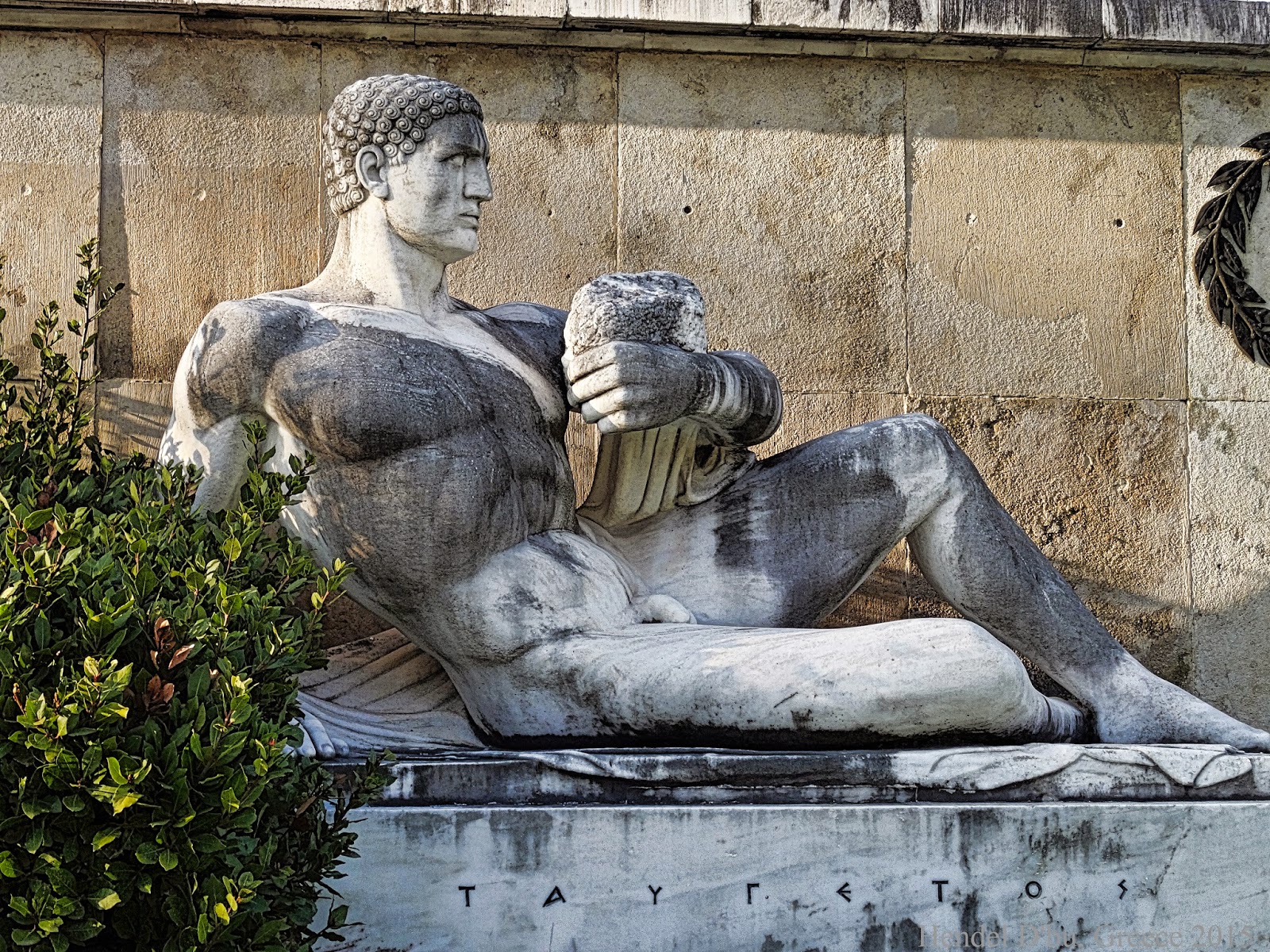Just a few snaps and thoughts from our last Sunday in March.
It is still kinda cold, grey, and threatening rain. Everyone here is pretty darn tired of it!
We grabbed a sandwich by an old church on Ermou and watched the people go by. A great opportunity to think of the bigger things in life like tradition, life, and what is edifying.
We sought out a sweet (our favorite - kreme pie), and headed for a sweet little cafe just off the main thoroughfare. Just a couple of business down from where we were sitting, there was a traditional Greek men's club meeting in a cafe dressed in their traditional costumes - very cool!
After enjoying a light salad and a cappuccino, we set our sights for home, We gave to some of our favorite needy, visited our favorite bread ring vendor, and watched all the people strolling along Ermou. This part of Athens I will miss.
Oh, and when we arrived in Syntagma Square, there was a portable geodesic dome set up. Wow! It was the European Space Expo and spanned the Square. We popped in for a quick look - it was a free interactive information expo. Pretty well done, too.
On our way through the metro station, we noticed the time - was it that late, already?? Spring forward for the time change from daylight savings to standard time took place today... So, we strolled through the National Gardens, exploring a few paths we hadn't been on before, and finally made our way out near Zappion. Along the way, a feathered friend posed for me. How nice.
 |
| The European Space Expo |
 |
| one of the needy near the fountain |
 |
| a couple of the traditionally dressed men |
 |
| awesome traditional costumes |
 |
| y'know, sundials don't work very well with no sun |
 |
| one of many Eurasian Magpies - they are beautiful when they fly and have very long tailfeathers |
 |
| along Ermou - yep, they were good enough that we put some change in their case |
























































